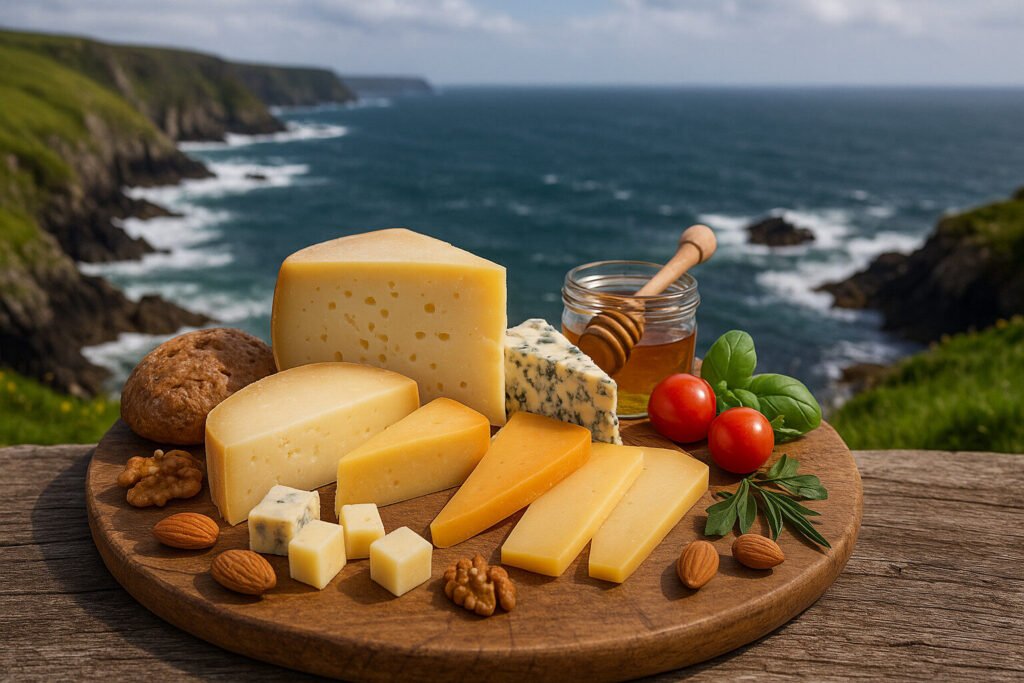Cheese Of Atlantic Basin
Definition and Scope
Cheese of the Atlantic Basin refers to dairy products crafted in nations bordering the Atlantic Ocean. This classification encompasses a wide array of styles influenced by European colonization and local terroir. The scope includes both traditional farmstead cheeses and modern creamery productions from these coastal regions.
These cheeses share historical connections through maritime trade routes that spread dairy techniques. Countries from North America to Western Europe and parts of South America contribute to this category. The classification highlights how geography and cultural exchange shape cheesemaking traditions across the Atlantic sphere.
Production Methods
Atlantic Basin cheesemaking employs diverse techniques ranging from raw milk aging to industrial pasteurization. Many producers maintain traditional methods like cloth-bound cheddaring or washed-rind curing. Salting techniques often involve brining or dry-salting, influenced by coastal access to sea salt.
Modern facilities in this region combine heritage practices with temperature-controlled aging environments. Production scales vary from small artisan operations to large commercial factories. The maritime climate frequently influences affinage conditions, particularly for surface-ripened varieties.
Sensory Profile
Flavor profiles range from the sharp salinity of coastal cheeses to the earthy notes of pasture-fed varieties. Textures span creamy bloomy rinds to firm, crystalline aged wheels. Many examples display balanced acidity and pronounced umami characteristics derived from their marine-influenced environments.
Aromatic qualities often include briny, lactic, and sometimes seaweed-adjacent notes in cheeses aged near coastlines. The terroir contributes mineral nuances from seaside grazing pastures. Aging duration significantly impacts intensity, from mild fresh cheeses to robust extra-aged specimens.
Culinary Applications
These cheeses serve both table and cooking purposes across Atlantic cuisine traditions. Firm varieties like English cheddar excel in melting applications for sauces and gratins. Soft-ripened cheeses frequently feature on cheese boards paired with fruits and crusty breads.
Regional dishes incorporate local cheeses as key ingredients, from French tartiflette to American macaroni and cheese. Many varieties hold well in cooking while maintaining distinct flavor profiles. Their versatility supports both simple snacking and complex culinary preparations.
Regional Examples
Notable representatives include English Stilton, French Camembert, and Canadian Oka. Portuguese Serra da Estrela and American Maytag Blue demonstrate the category’s diversity. These cheeses reflect their specific origins while sharing Atlantic Basin production heritage.
Spanish Mahón and Dutch Gouda illustrate how port cities influenced cheese styles through trade. New World examples like Brazilian Queijo Minas show European technique adaptation. Each region contributes unique interpretations shaped by local ingredients and cultural preferences.

